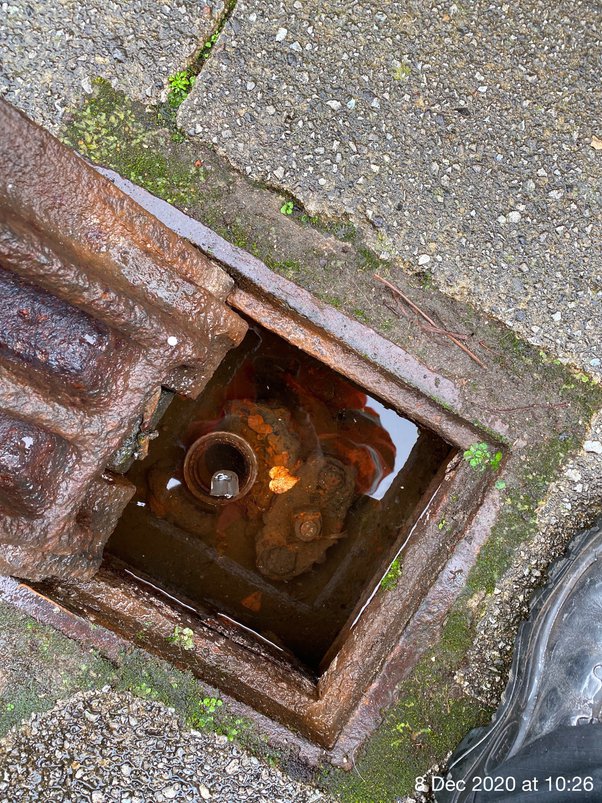Of course the UK has fire hydrants. They’re in hatches in the road, where they’re not going to be hit by cars or peed on by dogs. This also means they don’t clutter up pavements.
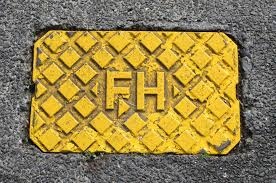
They’re indicated by small yellow signs which give details of distance and mains capacity (which affects the strength of the flow).
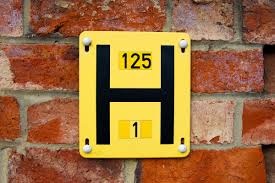
125mm main, one metre away.
Most western countries use a similar system, having moved on from the system used in the US decades ago.
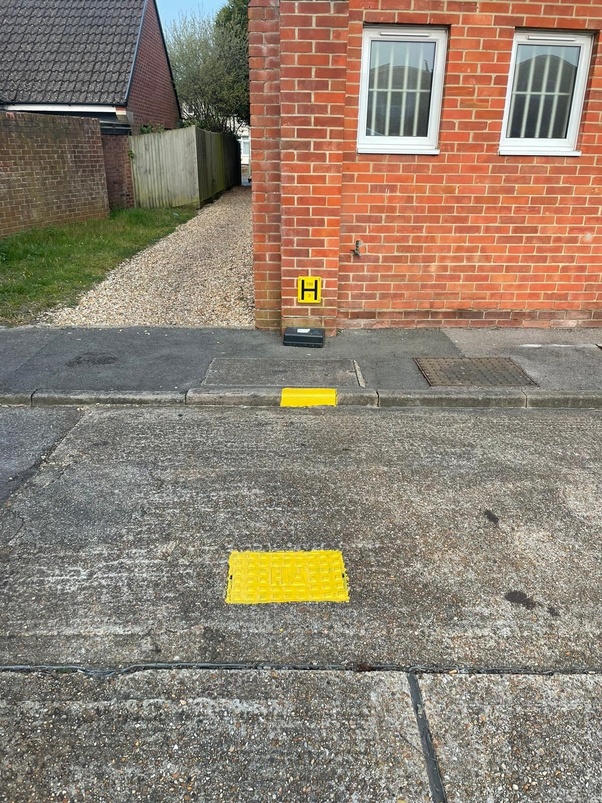
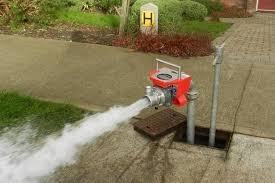
ADDENDUM after comments: Yes, the fact that the US is susceptible to heavy snow falls might be a good reason for the hydrants there remaining above ground level. The British system, though, has the advantage that, safe within their holes in the ground, the pipe is less likely to freeze, which is a major advantage.
You mean like this
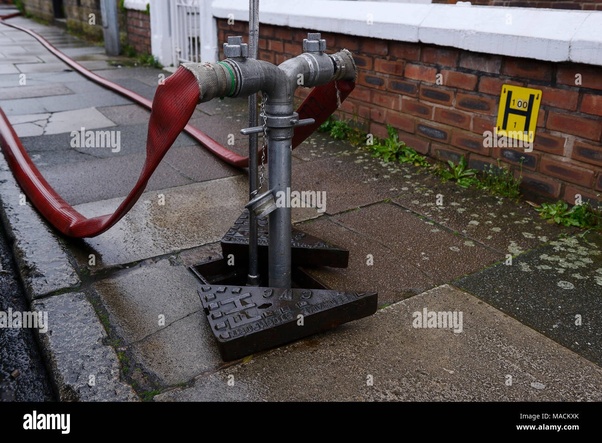
The key and standpipe are carried on the fire appliance.
The icky pops off the cover, screws the standpipe onto the underground spigot and opens the valve with a key. And cars can’t hit them.
See the yellow plate on the wall, tells the icky where the spigot is, for when the snow is deep.
After 34 years in the UK water industry I am amazed that not one of these answers is correct.
Yes the UK has fire hydrants. They are in underground chambers and normally have yellow marker posts with the main size and distance from the marker to the Fire hydrant.
The reason that the USA and some other countries have above ground fire hydrants is nothing to do with aesthetics, crowded streets, freezing in winter etc.
It’s water hygiene. The chambers UK hydrants are fitted inside, can and often do fill with all kinds of nasty crap. If the main failed/burst below a FH and was then isolated, the FH can be opened and can cause a back siphon. The chambers are often filled with rain water and all this will be sucked into the main.
This is impossible with a US type fire hydrant, it’s actually a far superior design.
A few examples from inspections today.
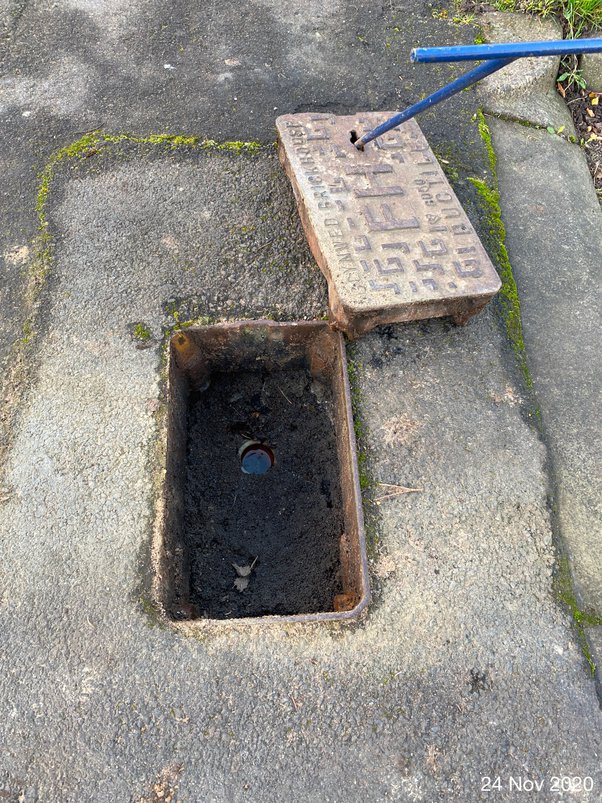
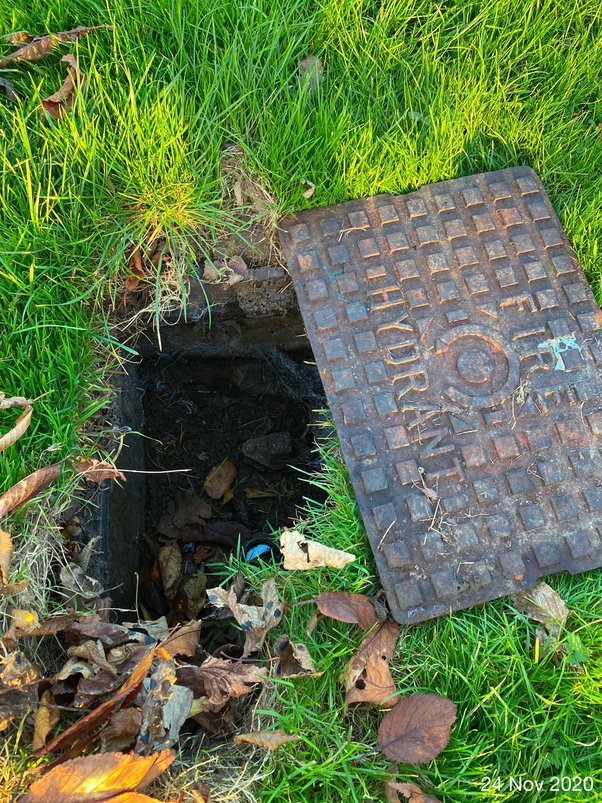
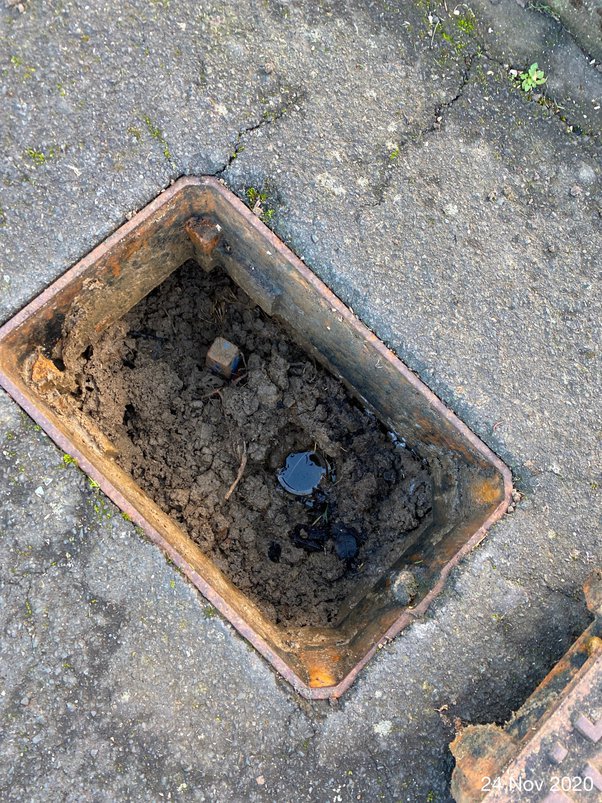
This last one isn’t so bad but the connector is water filled indicating that the frost plug that is designed so water will drain out and prevent freezing is blocked.
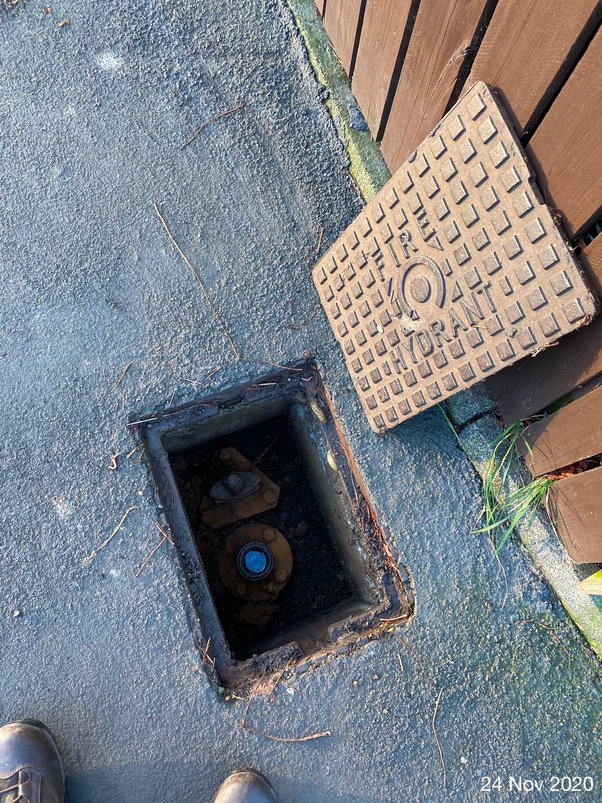
Update.
Here we have a hydrant chamber thoughtfully filled with cement and tarmac by the local council during construction of a cycle lane.
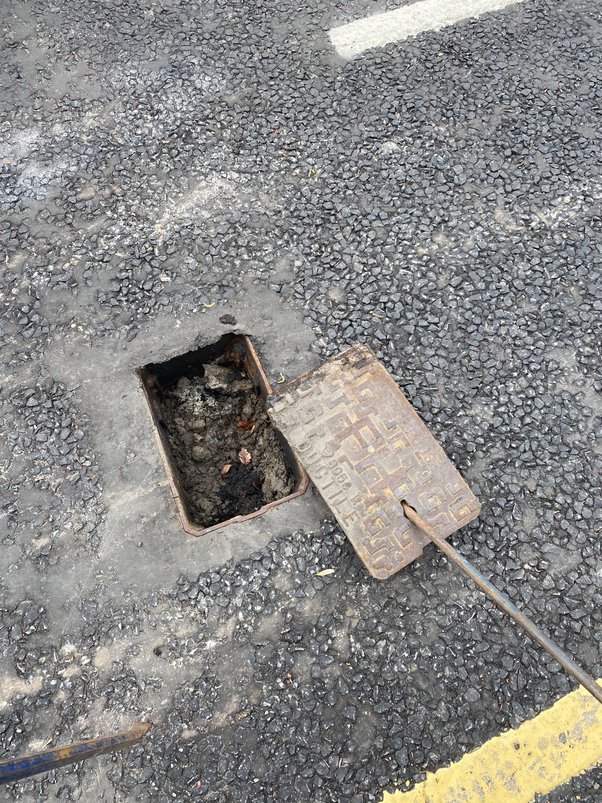
This is a claw type FH converted to a screw thread. This dates it to before 1940 when all UK hydrants were changed over. Fire brigades in one part of the country could then use the same fittings in any other part, this change was made because of bombing in WW2. Notice the chamber is water filled. This one is leaking and will be replaced.
